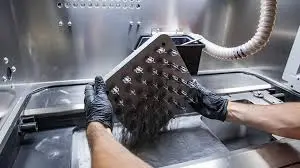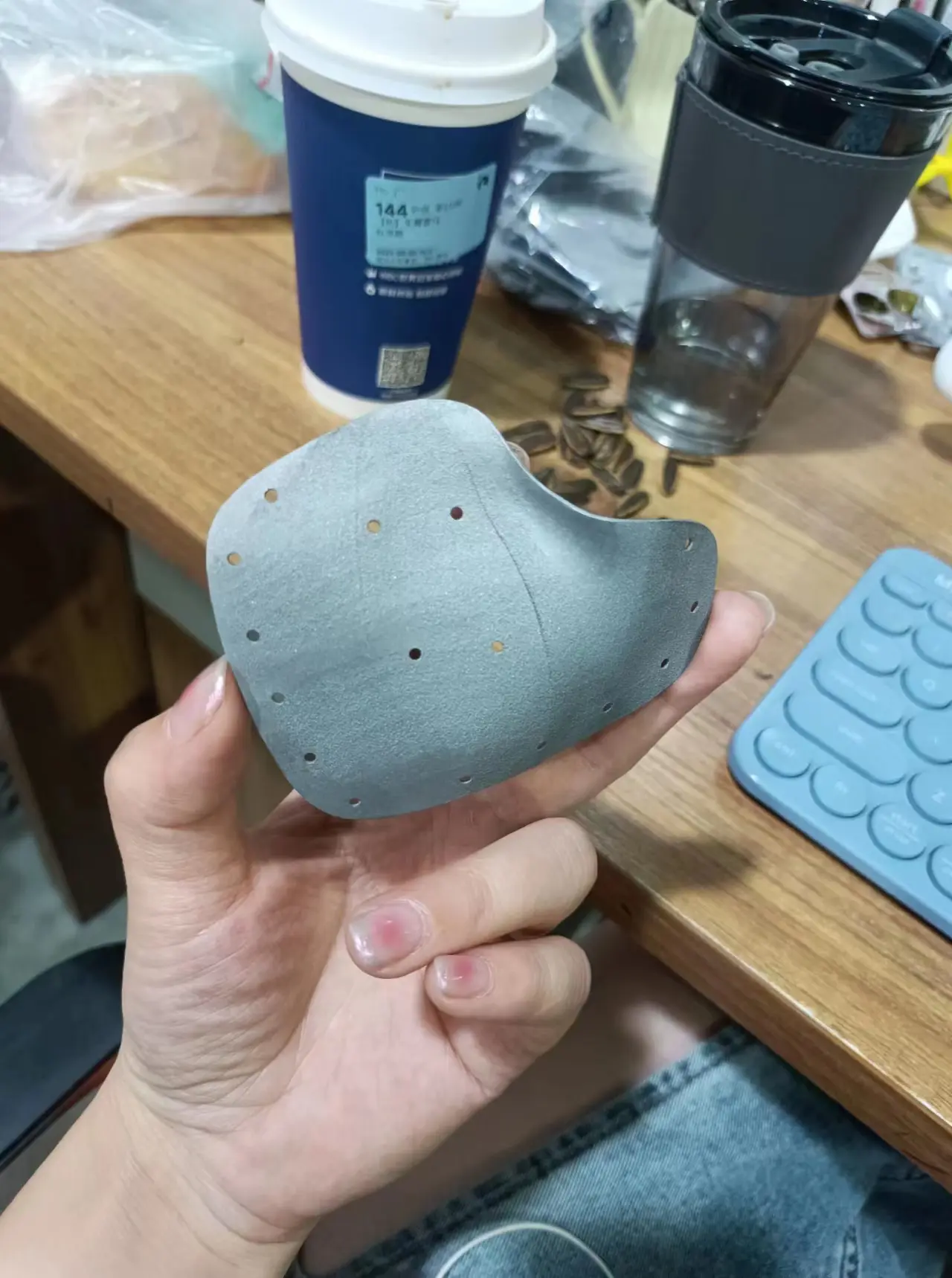The world of fishing has undergone a major shift with the advent of technology, and one area of innovation is creating fishing baits. Traditionally, fishing baits are handmade or used with basic molds, a process that is both time-consuming and limited in terms of design complexity. The emergence of 3D printing has revolutionized the field, allowing for the rapid production of highly customized and intricate fishing molds. This article delves into the field of printing fishing bait molds and explores the benefits, processes and future directions of this technology.
Introduction to 3D printing in fishing bait manufacturing
3D printing (also known as additive manufacturing) is a process of creating objects through materials on digital models such as plastic, metal and ceramics. In the context of fishing baits, the technology can create molds with complex geometric shapes and designs that are impossible or impractical to be produced using traditional manufacturing methods. The accuracy and versatility provided by 3D printing opens new avenues for bait designers to test innovative designs, improve existing designs, and customize baits for specific fishing conditions or species.
Benefits of 3D Printed Fishing Bad Molds
Using 3D printing to make fishing bait molds can bring some benefits. First, it greatly reduces production time, allowing designers to go from concept to physical products in days or even hours, depending on the complexity of the design and the printing technology used. This rapid prototyping capability is invaluable for testing and refining designs. Second, precision and detail that can be achieved through 3D printing can be created to create baits with complex features that can mimic the appearance and movement of real baits, which may increase their attractiveness to fish. Finally, the ability to easily modify digital designs means that changes can be made without the need for new tools, reducing costs and enhancing the iterative design process.
The process of printing fishing bait molds
The process begins with designing the bait mold using computer-aided design (CAD) software or other 3D modeling tools. The digital model is then prepared by cutting it into layers and generating the necessary commands for the 3D printer. The choice of printing material can depend on the desired characteristics of the mold, such as durability, flexibility, or thermal resistance. After printing, the mold may undergo post-processing steps such as curing, polishing or coating to enhance its performance and life. The mold is then prepared for casting fishing baits, which can be made from a variety of materials, including plastic, resin and metal.
Future direction and innovation
With the continuous development of 3D printing technology, we can expect to see further innovation in the field of fishing bait manufacturing. Improvements in printer resolution, speed and range of available materials will make more complex and realistic bait creation. In addition, integration of other technologies, such as artificial intelligence and bionics, may lead to the development of baits, which more accurately mimics the behavior and appearance of natural prey, thus potentially improving its effectiveness. In addition, the rise of sustainable and environmentally friendly materials in 3D printing can provide a more environmentally conscious approach to fishing bait production.
in conclusion
The intersection of 3D printing technology and fishing bait manufacturing opens exciting possibilities for innovation and customization in the fishing industry. With its ability to quickly produce complex designs, 3D printing is expected to revolutionize the way fishing baits are created, thus bringing benefits in design flexibility, production speed and potential for increased effectiveness. As this technology continues to evolve, it will be interesting to see the emerging new and innovative designs and how they contribute to the fishing movement.
FAQ
What materials can be used for 3D-printed fishing baits?
- A variety of materials may be used, including plastics, metals and ceramics, depending on the desired characteristics of the mold.
How long does it take to print fishing bait?
- Time can vary significantly depending on the complexity of the design, the size of the mold, and the specifications of the 3D printer.
Can 3D printed fishing bait mold be customized?
- Yes, one of the main benefits of 3D printing is that the design can be customized and modified so that it can be highly personalized.
Are 3D printed fishing baits more effective than traditional baits?
- The effectiveness of fishing baits depends on many factors, including design, material and specific fishing conditions. 3D printed baits can have advantages in realism and customizability, but their effectiveness may vary.
- Are 3D printed fishing bait molds expensive?
- Costs can vary greatly depending on the complexity of the technology, materials and design used. However, for many applications, 3D printing can provide a cost-effective solution, especially when taking into account production speed and the ability to make design changes without additional costs.





